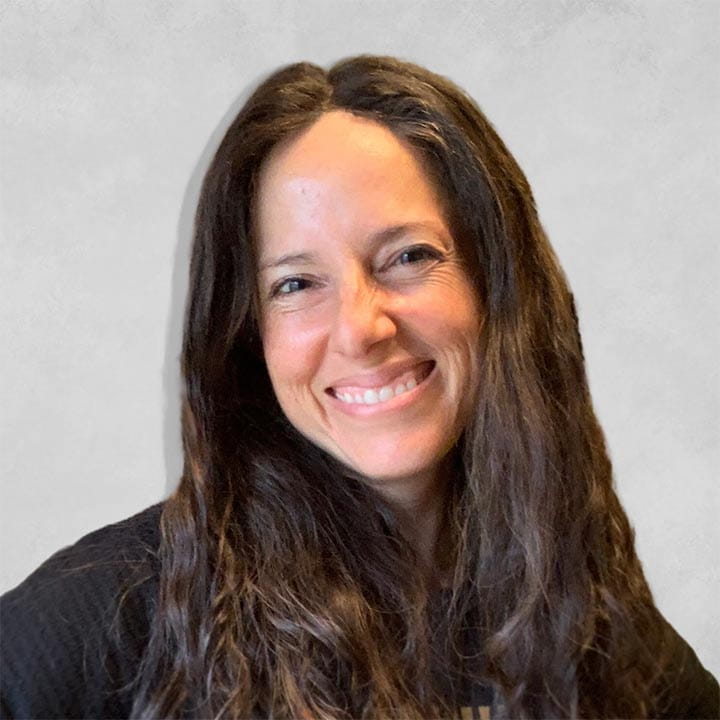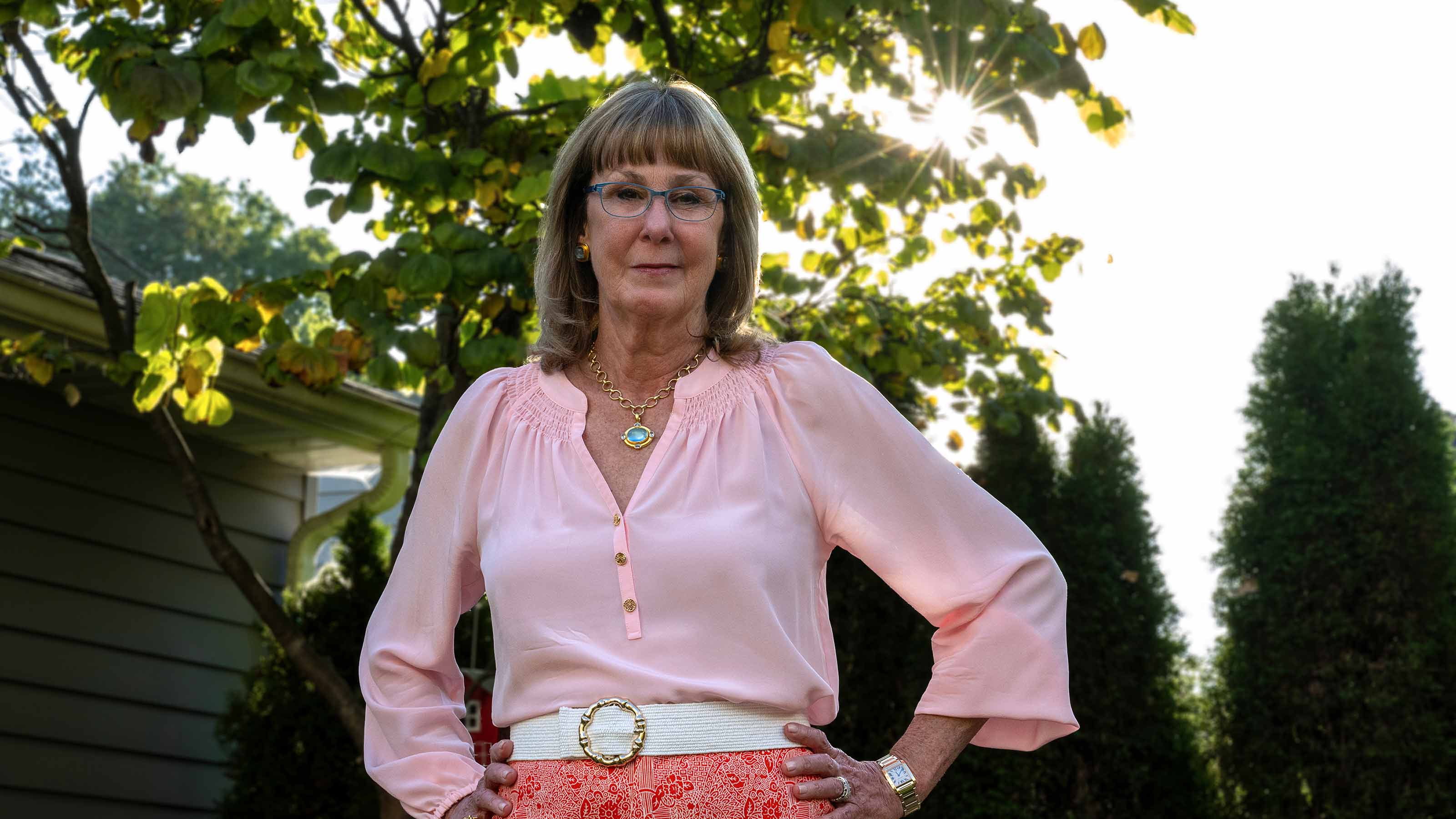From surgeon to patient: open-heart surgery’s humbling lesson
After emergency cardiac treatment, surgeon is inspired to help other physicians prioritize their health.
As an orthopedic surgeon, Christopher Iobst, MD, didn’t consider himself high-risk for any life-threatening diseases physicians are trained to treat.
That made the Thursday he had a heart attack at work both life-changing and humbling. He attributes his survival and smooth recovery to the excellent care he received at The Ohio State University Wexner Medical Center.
“I’m a stubborn surgeon, so I tried to take care of my medical issues myself,” says Dr. Iobst, a pediatric orthopedic surgeon and director of the Center for Limb Lengthening and Reconstruction at Nationwide Children’s Hospital.
In hindsight, Dr. Iobst admits to paying little attention to cardiovascular disease.
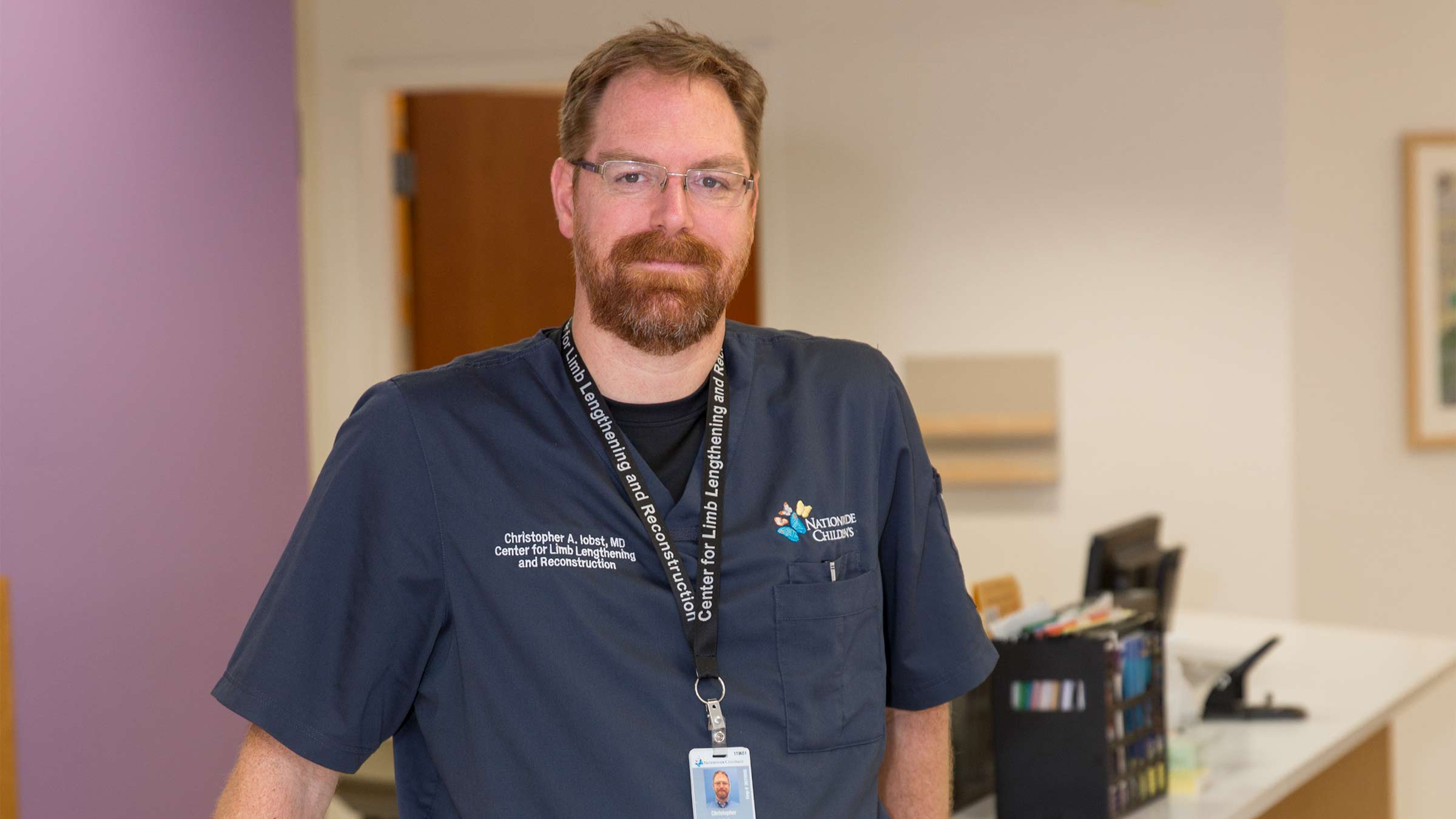
An “out of the blue” emergency
Like many physicians — especially busy surgeons — Dr. Iobst put his patients’ health needs over his own. He worked out daily and didn’t smoke, but he went 25 years without a wellness checkup.
All that changed on March 7, 2023, while Dr. Iobst was headed to work and realized something was seriously wrong.
Earlier that morning, Dr. Iobst completed his morning workout in his home gym and drove with his wife to the hospital as usual. It was when the two parted ways that the day became anything but routine.
“As I said goodbye to her on the elevator, I started having chest pains out of the blue. Being a surgeon, I just tried to ignore it and get on with my day,” Dr. Iobst says.
The pain worsened when he got to his office. Thinking it might be a panic attack, he dimmed the lights, took a few deep breaths and tried to relax.
Instead, he became so hot he wanted to rip off his shirt. “The moment I started dry heaving into my trash can, even as a bone doctor, I realized something was seriously wrong,” Dr. Iobst says.
He admits to being “too stubborn to call 911” even though he knows that would have been the safest action, and instead called his wife, who helped him drive across town to the Ohio State Wexner Medical Center.
“What I knew as a surgeon is that Ohio State would have the best cardiothoracic team in the area,” he says.
Quick emergency care saves the surgeon’s life
Dr. Iobst was treated immediately once he entered the emergency department doors.
“From the moment I arrived to the moment I was on the cardiac catheter lab table was extremely fast, like the snap of your fingers,” Dr. Iobst says.
That expedited time from arrival to dilating an artery — called door-to-balloon time — is by design. Every minute matters after a heart attack, so decreasing the time to get care dramatically improves outcomes.
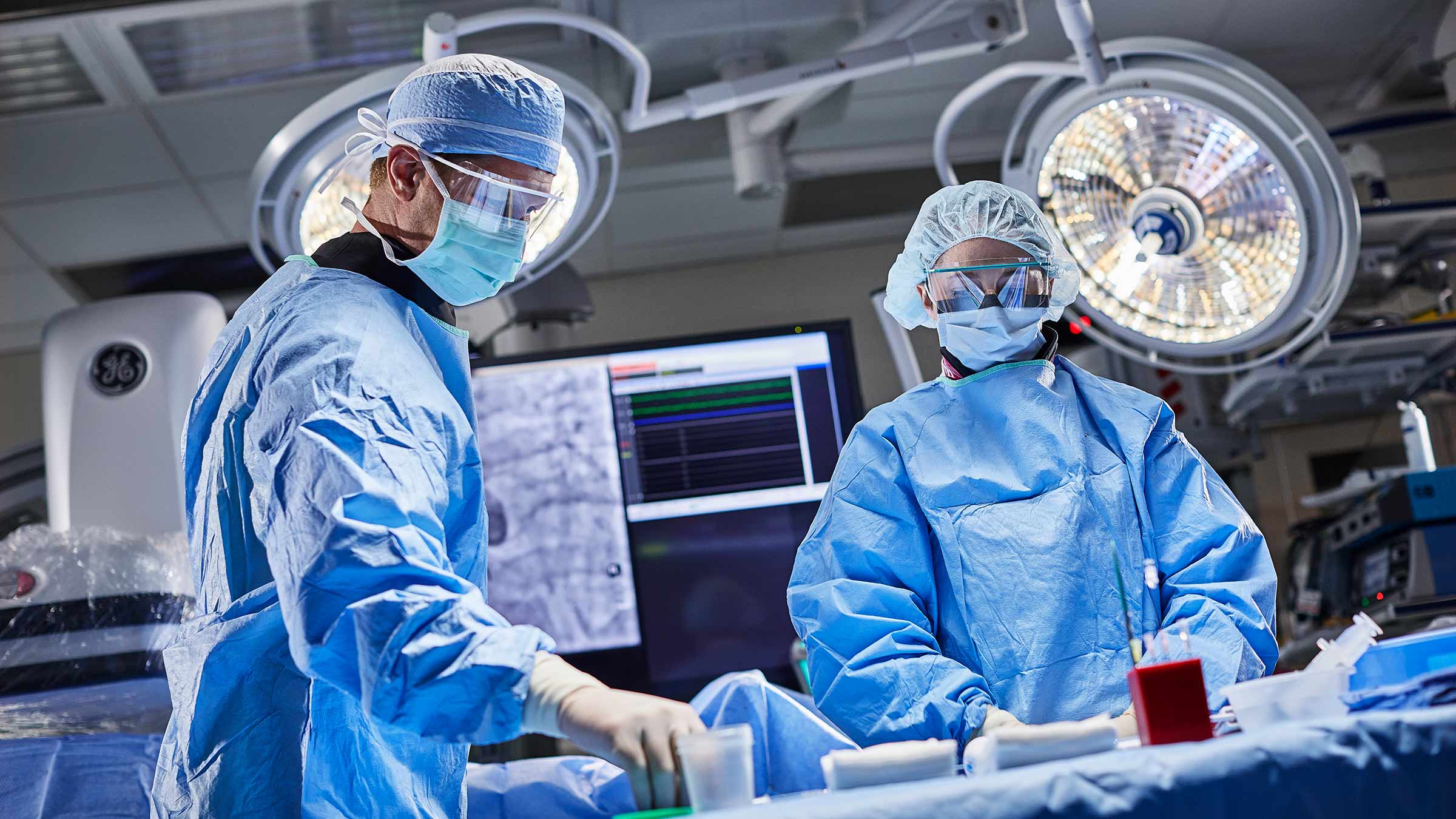
In the past, door-to-balloon time was consistently above 90 minutes. At hospitals with the fastest time, like The Ohio State University Wexner Medical Center Richard M. Ross Heart Hospital, that time is in the 30-minute range.
“For every 15 minutes you wait, there’s an increase in mortality. When you cut your door-to-balloon time in half, you save lives.”Ernest Mazzaferri Jr., MD, an interventional cardiologist, is interim co-director of The Ohio State University Heart and Vascular Center and medical director of the Ohio State University Richard M. Ross Heart Hospital.
Dr. Iobst is grateful for his life. “I’m pretty sure that how quickly they responded saved my life,” he says.
A surgeon comes to terms with becoming the patient
In the cath lab, Dr. Iobst learned he was actively having a heart attack. At the time, he was only 53.
Still, Dr. Iobst didn’t yet realize the severity of his condition. The team dilated his artery, expanding the closed artery with a balloon catheter to allow blood flow, and he started feeling slightly better. “I actually asked if it was OK to go home because I had clinic the next day and didn’t want to inconvenience my patients,” he says.
When Dr. Iobst first met Ohio State cardiac surgeon Kukbin Choi, MD, he learned he was in no shape to go home. He would need a coronary artery bypass graft (CABG) — a commonly performed, complex open-heart surgery.
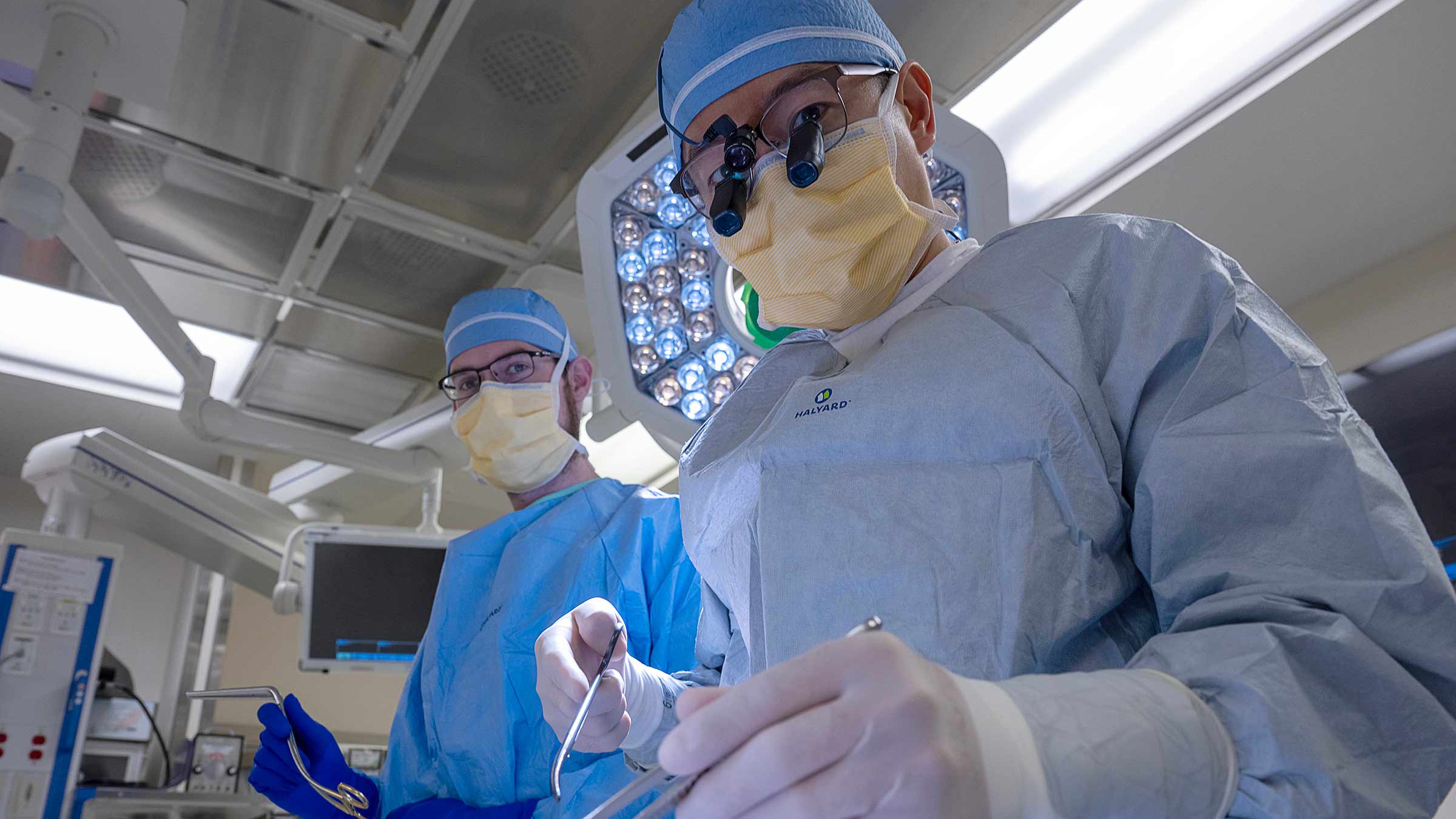
In the past, patients would remain on a ventilator for a day or two postsurgery, but research shows that starting rehabilitation soon after cardiovascular surgery improves recovery.
“There’s a reason we pushed Dr. Iobst so hard the next day. When we make our patients start walking, it lets their body know they need to recover,” Dr. Choi says.
It’s not unusual to see patients walking through the Ohio State Richard M. Ross Heart Hospital’s halls while support staff walk behind, pushing a wheelchair for resting between walking. “We’re seeing faster recovery, patients in better condition, and ultimately, better outcomes after the surgery,” Dr. Choi says.
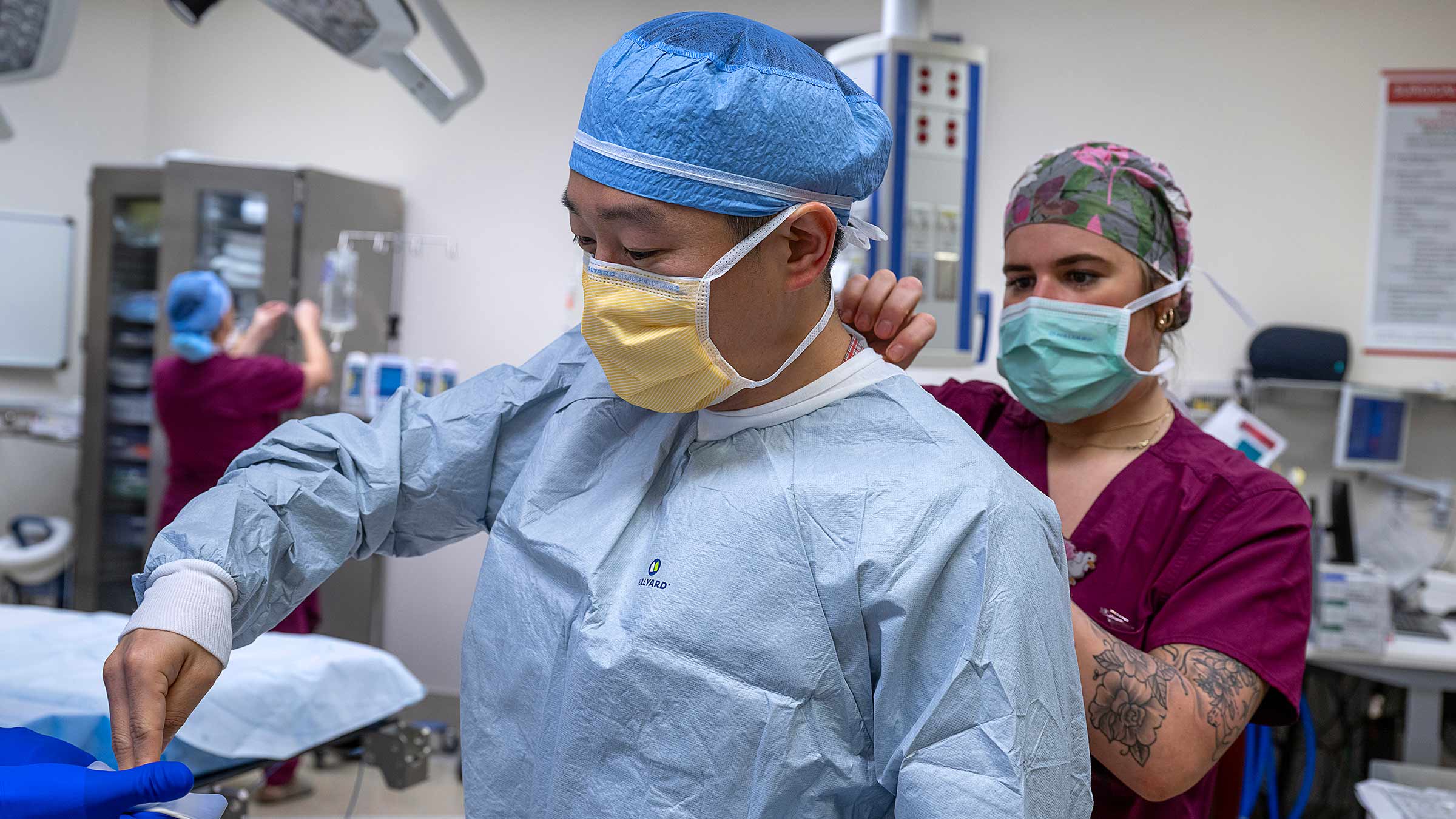
Genetics increases the risk of heart disease
Cardiac events in younger patients like Dr. Iobst are typically caused by genetics. A healthy diet and exercise can help lower your risk of cardiovascular disease, but you can’t outrun your genes.
Dr. Iobst exercises daily, eats healthy and never smokes cigarettes. He has a first-degree relative who is treated for high blood pressure, but he was never screened for heart disease before having a heart attack.
“When we see a strong family history or signs of heart disease at a young age, there’s definitely some genetic link,” Dr. Choi says.
Dr. Iobst attributes his lack of caution to thinking that his medical knowledge would somehow protect his health. “Maybe if I had kept up with yearly checkups for 25 years, this could have been avoided. Exercise every day isn’t enough,” Dr. Iobst says.
Dr. Iobst isn’t alone in his erroneous thinking. “The truth is that many people who live a healthy lifestyle overlook their genetic risk for cardiovascular disease,” Dr. Choi says.
Cardiovascular screening and preventive medicine based on a patient’s cardiovascular genetics are helping more patients live longer, healthier lives.
Raising awareness about cardiovascular disease
In an instant, Dr. Iobst went from too busy for self-care to three months spent exclusively recovering. That left a lot of time for thinking — especially for a workaholic surgeon.
Besides undergoing cardiac rehab, he developed a formal lecture for physicians on the importance of preventive care and self-care and plans to write a book about wellness for surgeons. “I’ve made a pivot in my career goals. For 25 years my sole focus was on improving care for patients with limb deformities. Now, I’ve made it my mission to make other surgeons aware of the health mistakes I’ve made,” he says.
Dr. Iobst hopes his cautionary tale will remind colleagues that their ability to provide excellent patient care depends also on taking care of themselves. “We must do better for ourselves because you can’t help anyone else if you don’t help yourself first.”

Where you start your heart and vascular care matters
Ohio State is home to central Ohio’s only heart hospital ranked "Best" by U.S. News & World Report
Heart and vascular appointments


